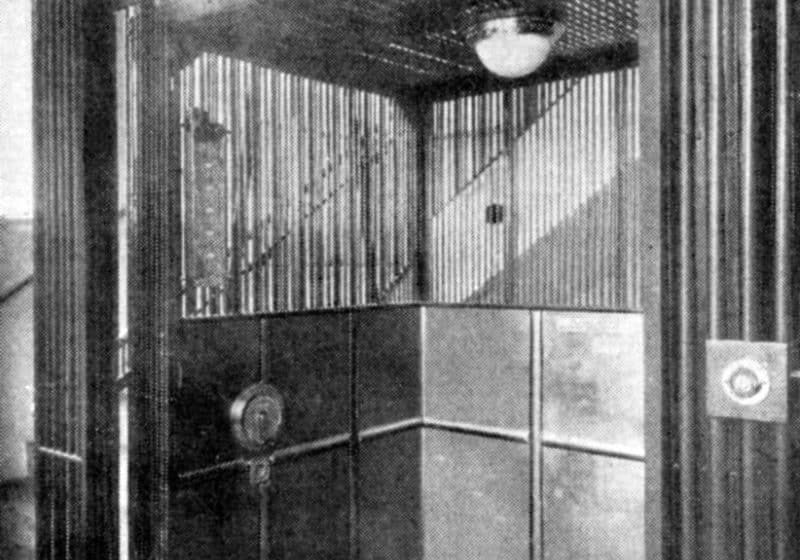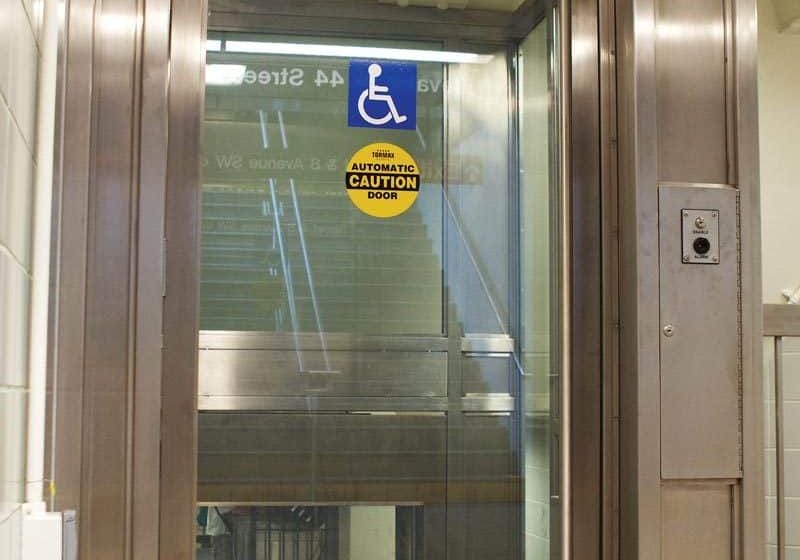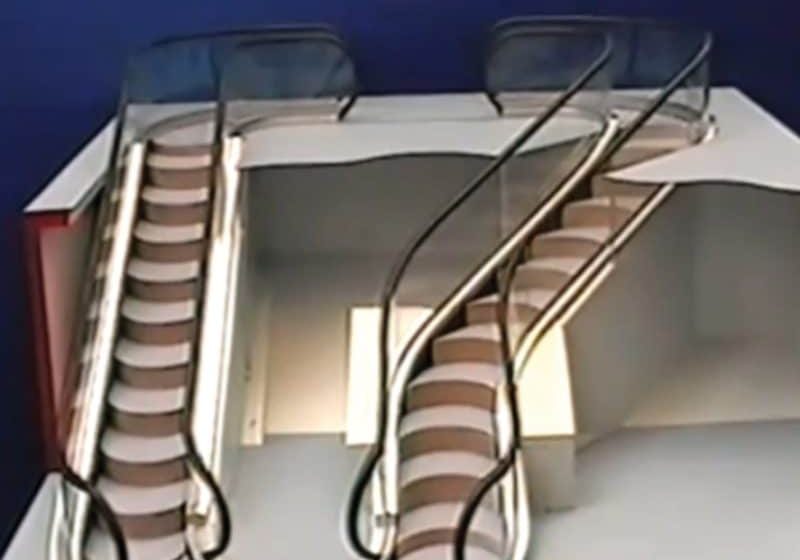Expolevador 2010, the exhibition by and for Latin America, was held August 18-19,2010, in São Paulo, Brazil.
The intention of Ediberto Almeida, director of Editora World Press and organizer of Expolevador 2010, to promote the event as the exhibition by and for Latin America, has come true. The Brazilian show, which took place in São Paulo on August 18-19, 2010, was considered the region’s elevator and escalator event. Its growth and the participation of a wide spectrum of exhibitors and visitors reveals the interest it has aroused in the Latin American and international elevator industry.
Evolution and Situation
The poor results of the expo’s first edition, organized in São Paulo in 2006, are only remembered by those who attended it: a handful of some 20 Brazilian exhibitors united in the small exhibition center of the Instituto de Engenharia (Engineering Institute). By 2008, the show was moved to a larger venue – Centro de Exposições Imigrantes – to offer more room to an increasing number of participants. The 2010 edition really took off; its 94 exhibitors were located in a 10,000-square-meter pavilion of the Imigrantes Center, and the approximate 5,000 visitors exceeded all expectations. It was a full house. The booths competed in size and decoration, showcasing a complete range of products. The visitors – Brazilians, Latin Americans, Chinese and Europeans – helped position the show as a major event for vertical transportation in the region.
Expoelevador 2010 was sponsored by SECIESP (Sindicato das Empresas de Elevadores de São Paulo) and the Brazilian Ministry of Tourism. This year, it included the First Brazilian Congress on Vertical Transportation, which took place parallel to the show to satisfy the requests of the local elevator sector.
What Could Be Observed
At first sight, the substantial number, size and aesthetics of the booths were surprising, matching those usually only seen at large international exhibitions. The adequate size of the venue contributed to this, and its improved service infrastructure improved visitors’ level of comfort. The strong increase of products offered by (mostly Brazilian) companies dedicated to elevator installation and component manufacture was also noticeable. Most of these have a global presence.
Among the foreign companies, Argentineans, Europeans and some Americans had an important presence. The Chinese attendance deserves a special mention. In accordance with the style followed in other shows (even in those unrelated with the vertical transportation), many exhibitors were grouped in small booths with scarce products. Bigger companies with a strong presence in the market showcased many components in larger booths.
Local visitors and those from abroad appreciated the equipment (there were no novelties when compared to other shows, but the improvement in quality and variety was remarkable) that covered the whole range of lift applications, including residential elevators, equipment for the disabled and escalators. All systems and components were exhibited – electromechanical and hydraulic equipment, as well as geared and gearless machines with permanent magnets, cars, doors, electronic devices and fixtures.
Argentine Presence
The Argentine elevator industry was commercially represented by national component manufacturers. Most of them shared an island with separate booths to showcase their products. These companies are members of Cámara Argentina de Fabricantes de Ascensores y sus Componentes, an entity that groups local elevator and component manufacturers. On this occasion, their participation was sponsored by the Argentine Chancellery and the Foundation Export-Ar. These institutions are devoted to promoting the national industry and exports. The Argentine ambassador in Brazil, Juan Pablo Lolhé, invited these exhibitors and the trade press to a luncheon in appreciation for the local industry’s efforts.
Cámara de Ascensores y Afines de la República Argentina played an institutional role in its booth together with its magazine Subir & Bajar. The Association’s vice-president, Osvaldo Mazzucchi, and secretary, Carlos Carrizo, informed audiences about the entity’s activities together with Luis Maldacena, Subir & Bajar director.
Associations and Publications
Elevator Associations of the Brazilian and international industry completed the mise-en scène: SECIESP of Brazil, the European Federation for Elevator Small and Medium-Sized Enterprises (EFESME) of Europe, AFAG-Interlift of Germany and the China Elevator Association. The trade magazines displayed their issues in their booths: Expolevador of Brazil, ELEVATOR WORLD of the U.S., Lift Report of Germany, Elevatori of Italy, and Subir & Bajar and Revista del Ascensor of Argentina.
First Brazilian Congress on Vertical Transportation
Edilberto Almeida, editor of the sponsoring magazine Elevador Brasil and head of Editora World Press, presented the First Brazilian Congress on Vertical Transportation and emphasized the importance of the event. He considered the congress a necessary complement of the exhibition to meet the requests of many elevator people interested in solutions to the problems that independent companies must face in the industry. The talks were delivered by several specialists who spoke about standards, maintenance, costs and markets. SECIESP Executive Director Maximiliano dos Santos described the situation of the elevator industry worldwide and particularly in Brazil, assembling the largest audience.
The Brazilian Market
The changes in the composition of the Brazilian elevator market have been sudden and unusual: It used to be a major national, independent market until the end of the 1990s, when the two main companies – Elevadores Atlas and Elevadores Sûr – merged into Atlas Schindler and ThyssenKrupp, respectively. From then on, about 70-80% of the Brazilian market has been in the hands of multinational companies. As a result of those mergers, a significant number of technicians and professionals left outside started their own independent companies mainly dedicated to maintenance and the manufacture of components. They became an important option on the maintenance market and significant suppliers of the national and multinational companies. The latter have become installation companies that outsource many of their components.
At present, the building industry is the main motor of Brazilian economic growth. It is expanding not only due to government housing plans, but also as a consequence of the election of Brazil as the seat for the Soccer World Cup in 2014 and the Olympic Games in 2016. These events are pouring massive investment into infrastructure. In Rio de Janeiro alone, government and private investments to build airports, hotels, metro lines and stadiums are expected to reach BRL40 billion (US$23.3 billion). This expansion and expectation positively and directly influences the growth of the elevator and escalator market for new installations and maintenance.
Statistics, as rendered by dos Santos in the congress, are the following:
- Total existing installations: 300,000 units
- New elevators in 2008: 7,200
- New elevators in 2009: 8,000 (12% increase)
- New elevators in 2010 (expected): 9,000 (12% increase)
Equipment for people with disabilities also has good chances in meeting the legal requirements on accessibility, and the modernization market is also growing due to the credit facilities and income improvement of the population at large.
Get more of Elevator World. Sign up for our free e-newsletter.









